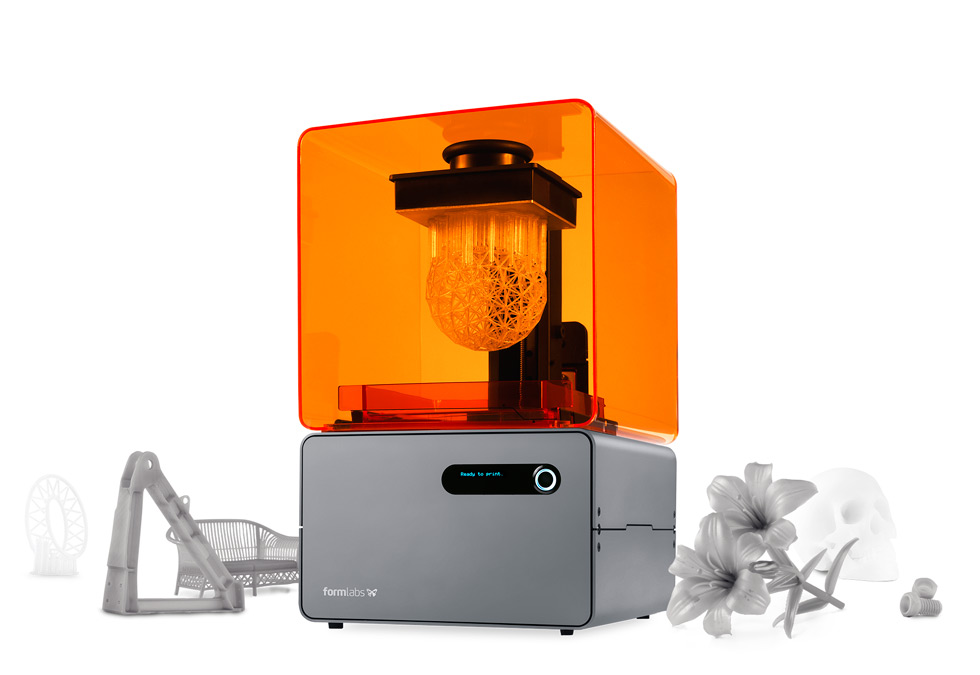
There’s been a change in how personal 3D printers are marketed; we think it could be because of market maturity.
Certainly machines have become increasingly capable in technical terms. Layer resolutions have improved significantly, multiple materials are now possible and build volumes can be huge.
But there’s some other characteristics in which we’ve noticed a subtle shift. Let’s put it this way: if you were launching a new 3D printer today, what should you NOT do in order to have the best chance at market success? Here’s our list:
- Kits. If a manufacturer wishes to access the large consumer market, which is likely necessary to compete against existing competition, do-it-yourself kits won’t help. Yes, the DIY market would like them, but that market is no longer large enough to ensure significant company success.
- Wood. Today’s machines have extremely slick case designs, some actually made by professional Italian designers. There’s no longer room for 3D printers made from laser-cut wood panels, except as experimental prototypes.
- No Ecosystem: Consumers today have enough trouble grasping the concept of 3D printing and they need as much help as they can obtaining good content for 3D printing. It’s not sufficient to simply point them at Thingiverse and say “Good Luck!”. A machine’s success requires easy access to great content, suggesting use of a proper curated ecosystem.
- Manual Calibration: 3D prints often fail, typically because of poor calibration, such as an unlevel print surface. Today’s machines should avoid as much user effort as possible through automatic features or ingenious designs that require less calibration.
- Unreliability: We’ll say it again: 3D prints often fail. This is a situation consumers rarely encounter with other devices they might own, so failures can be viewed very negatively. Personal 3D printers should be made as robust as possible, just like other consumer gear.
There’s likely more to add to the list, but that’s a start.

